 The Borders chain has been in trouble for quite awhile, and now it seems that all of their 45 stores in the United Kingdom will close. 200 Borders stores in the USA will also close. This used to be a great place to do book signings and readings and otherwise promote a new book, but no more. Creditors, led by Ingram, have forbidden such activities or even single copy orders except online. Barnes & Noble is also closing some of their smaller outlets under other trade names. Waldenbooks will disappear. As for independents, they have been closing when not acquired by one of the big chains. A few stalwarts remain, but we are continually shocked when we hear of the demise of a Cody’s or a Dutton’s. It’s getting ugly out there for anyone with a book to sell.
The Borders chain has been in trouble for quite awhile, and now it seems that all of their 45 stores in the United Kingdom will close. 200 Borders stores in the USA will also close. This used to be a great place to do book signings and readings and otherwise promote a new book, but no more. Creditors, led by Ingram, have forbidden such activities or even single copy orders except online. Barnes & Noble is also closing some of their smaller outlets under other trade names. Waldenbooks will disappear. As for independents, they have been closing when not acquired by one of the big chains. A few stalwarts remain, but we are continually shocked when we hear of the demise of a Cody’s or a Dutton’s. It’s getting ugly out there for anyone with a book to sell.
So where will we sell our books? Obviously, Amazon.com, which has everything that can be had, used or new, will fill the gap and it is the defacto book store for people in the rural areas of the nation, as well as the provider of a large selection of other goods which can no longer be found or even ordered locally. It’s become one huge Sears Catalog. But how many of any one book do they actually sell? One bookstore manager of my acquaintance observed that they do two things well. Harvest the low-hanging fruit in the “best-seller” category by offering steep discounts and free shipping schemes, and exploit the “Long Tail” by carrying all the low-demand items that are not carried elsewhere. All those little sales add up and have higher margins because there are no competitive alternative sources.
The goal is “velocity” or “turnover.” It’s like that old retail joke about “we lose a little on every sale but make it up on volume.” They do. They get big discounts because of the volumes they buy, which allows them to undercut the brick-and-mortar outlets. In the end, however, most people want to actually look at a book before they buy it and Amazon.com’s “Inside the book” feature is a poor substitute for actually holding one in your hand, and having not just the feel but the smell of it.
A presence on Amazon.com is vital to any self-publisher’s marketing plan. Fortunately, as long as you have an ISBN and can be conveniently cataloged, there is always a way to get there. It is not as easy with the online pages for Barnes & Noble and other retailers, because they don’t tend to post updates or reviews even when they are e-mailed, and don’t link to other sites as a matter of policy. Amazon.com does. Online sales are usually Long Tail sales. Some but not many.
Your best shot is to get your book onto the shelves of a regular book store, and even that is a tricky proposition. The best shelf spaces are actually rented by big publishers pushing their latest “best-seller.” This is still where over eighty percent of all books, by volume, are sold. These closings by the major chains leave a void. Having driven out many independents, they are now abandoning the field. There may be some minor expansion by smaller chains in some of these markets, but it won’t be significant; and trust me, if you always wanted a bookstore of your own, this is not the time to open it.
Online Distribution
It is time to reconsider the way you distribute your book. We may be going back to a subscription model for certain books with narrow customer bases. Think about it. If you have preorders for 500 copies of a limited first edition at full retail, then you have flattened your distribution model and maximized your profit. Those can be printed offset and automatically become prized collector’s items. Poetry books are often done this way. That does not prevent you from using the same pages for a less expensive trade paperback edition with a slightly different cover using print-on-demand. You can order a hundred or so of those in advance and use them as review copies and sales sample for retailers. You can also take the time to promote the book the way the big publishers do.
One of our faults as self-publishers is that we are too eager to get the book out. Haste makes waste. We don’t edit carefully or design properly, and create an inferior product. We need publicity and we need reviews, and both take time. If we are using social media such as Facebook, then we need time for those pages to attract a fan base. And we don’t need an e-book version right away.
I’m going against the conventional thinking here, but one of the problems with e-books is that they are too easy to do and they cost too little to prepare. The consumer expectation is that e-book editions will represent a bargain for the same text and that seems to be a correct assumption for volume sales. The presence of a cheaper edition can’t do anything but hurt sales of the higher-priced versions. I mean text versions. Audiobooks are a separate market and consumer base. They are listened to rather than read. And they sell for more than text.
But if you want to sell 500 copies of a limited edition ahead of publication, and keep the retail profit, then you need to do only that. After publication you can bring out your trade paperback POD edition, which will look like a bargain, and then the mass market and e-book editions.
All of this is just for book length projects, between 60,000 and 200,000 words. Shorter works may go straight to e-book, or intermediate works on trial or experimental works. Here you can use lower price as a sampling mechanism. I have one 11,000 word “short” story, “Buying Retail,” that sells particularly well in the Sony Reader edition. It’s 49 cents rather than $4.99, the price for most of my e-books, but most of those are narrow-gauge non-fiction works that, if you don’t want them, you won’t read for free. We did quite a bit of experimenting with price with e-books over the last five years and found that sales were not impacted by a lower price for the old magazine articles, but that fiction is. It’s something people want rather than need.
The problem is that if we want wide distribution, we have to take into account the steep discounts demanded by the book trade. We want those brick-and-mortar store sales whenever we can get them, and Amazon.com demands these discounts as well. So we give up 50% to 75% of the suggested retail price, and we can’t care what the books are actually sold for as long as we get our price. That price has to cover not just the cost of printing the book, but a reasonable amortization of the original sunk costs of editing, design, publicity and distribution. That includes all the review copies and sales samples you will give away, and the postage to send them. Your retail price has to cover all of this, and provide you both an author’s royalty and a publisher’s profit.
You have to think very deeply about every aspect of the publishing process. And you have to invest your cash like you were buying into a poker tournament. You can only win by diligent attention to the game.
Get an Editorial Review | Get Amazon Sales & Reviews | Get Edited | Publish Your Book | Enter the SPR Book Awards | Other Marketing Services


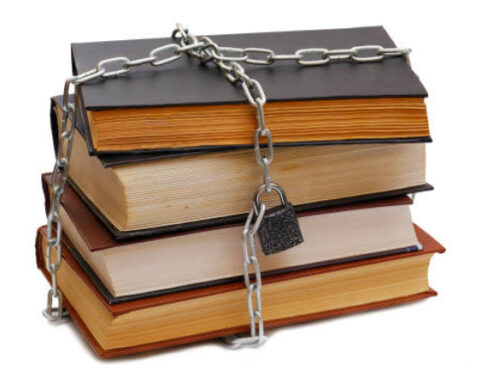
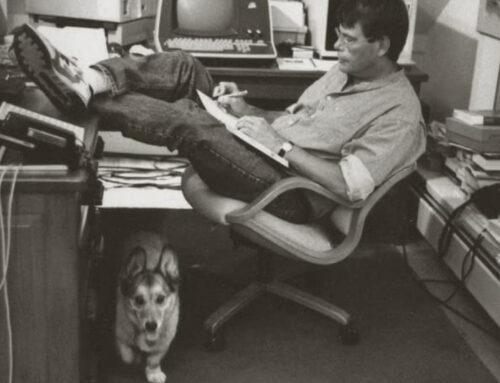



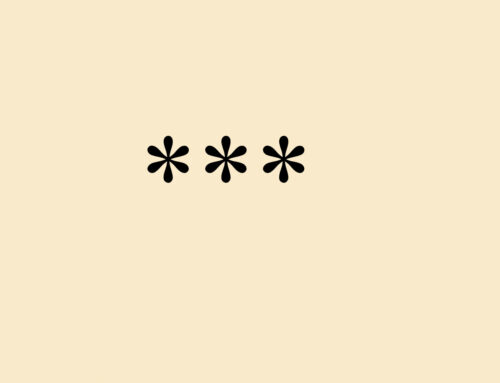
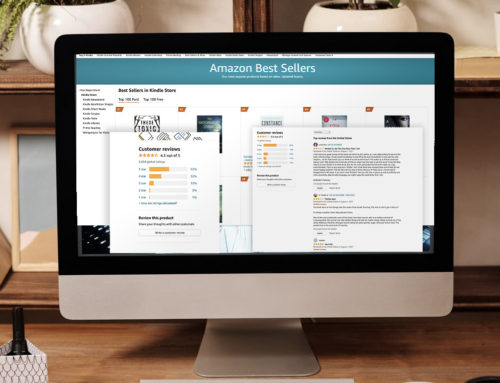




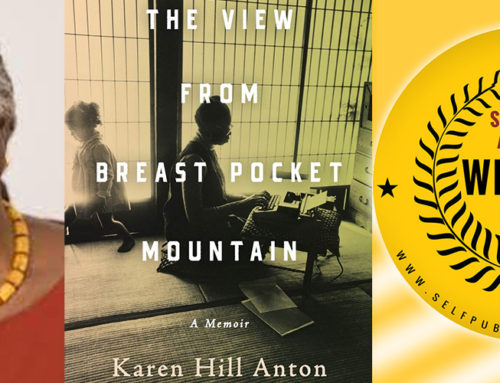
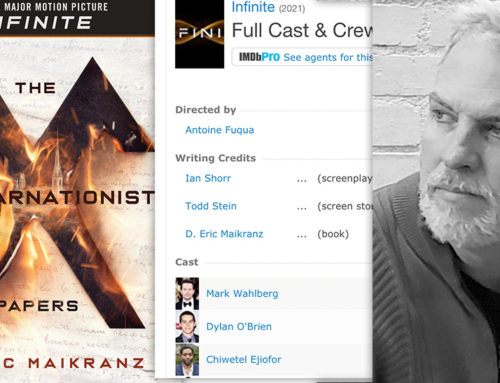







Oh this is a bad news. Good thing I tried using the service at http://www.amzpricesniper.com.
That comment seems like spam, but that site also seems sort of interesting.